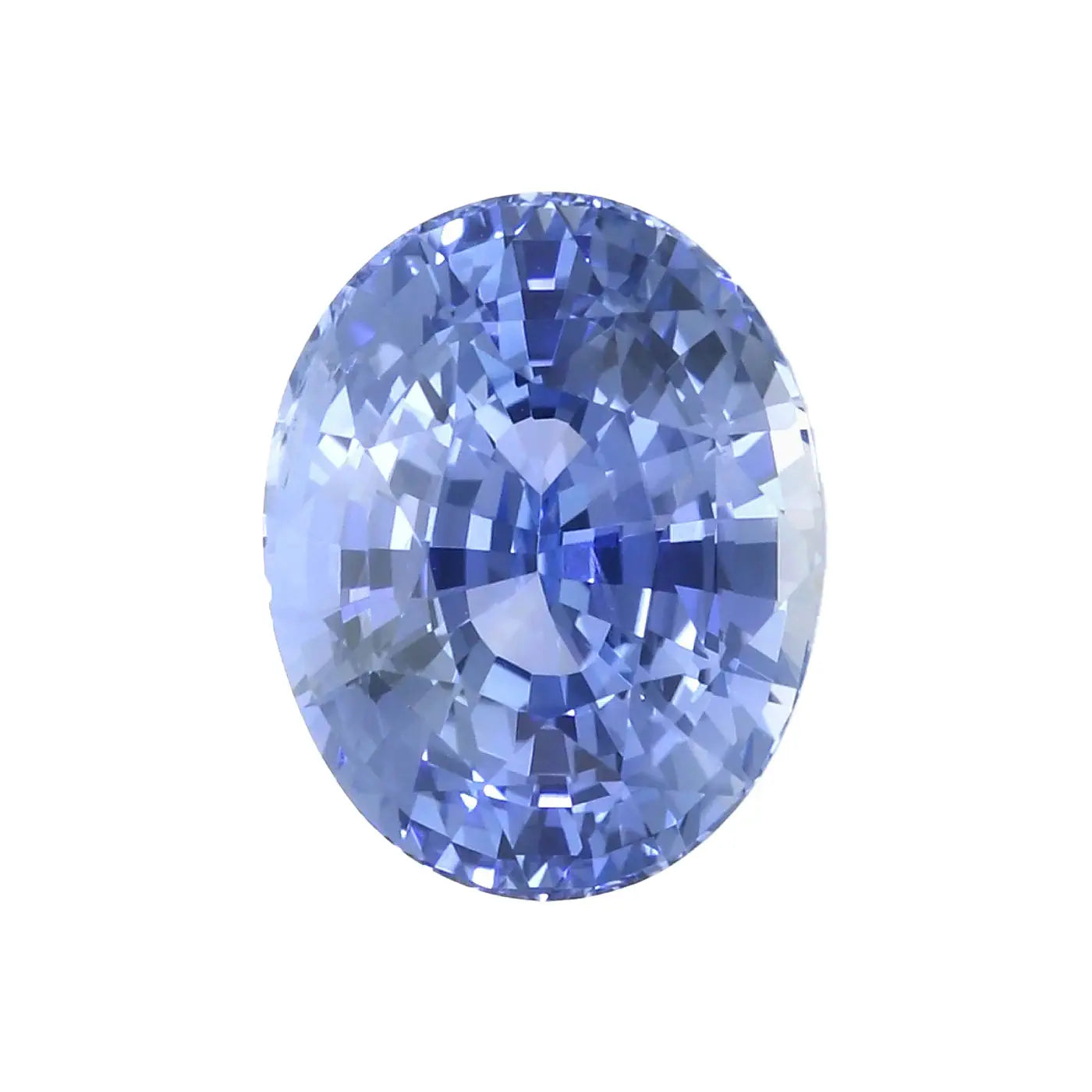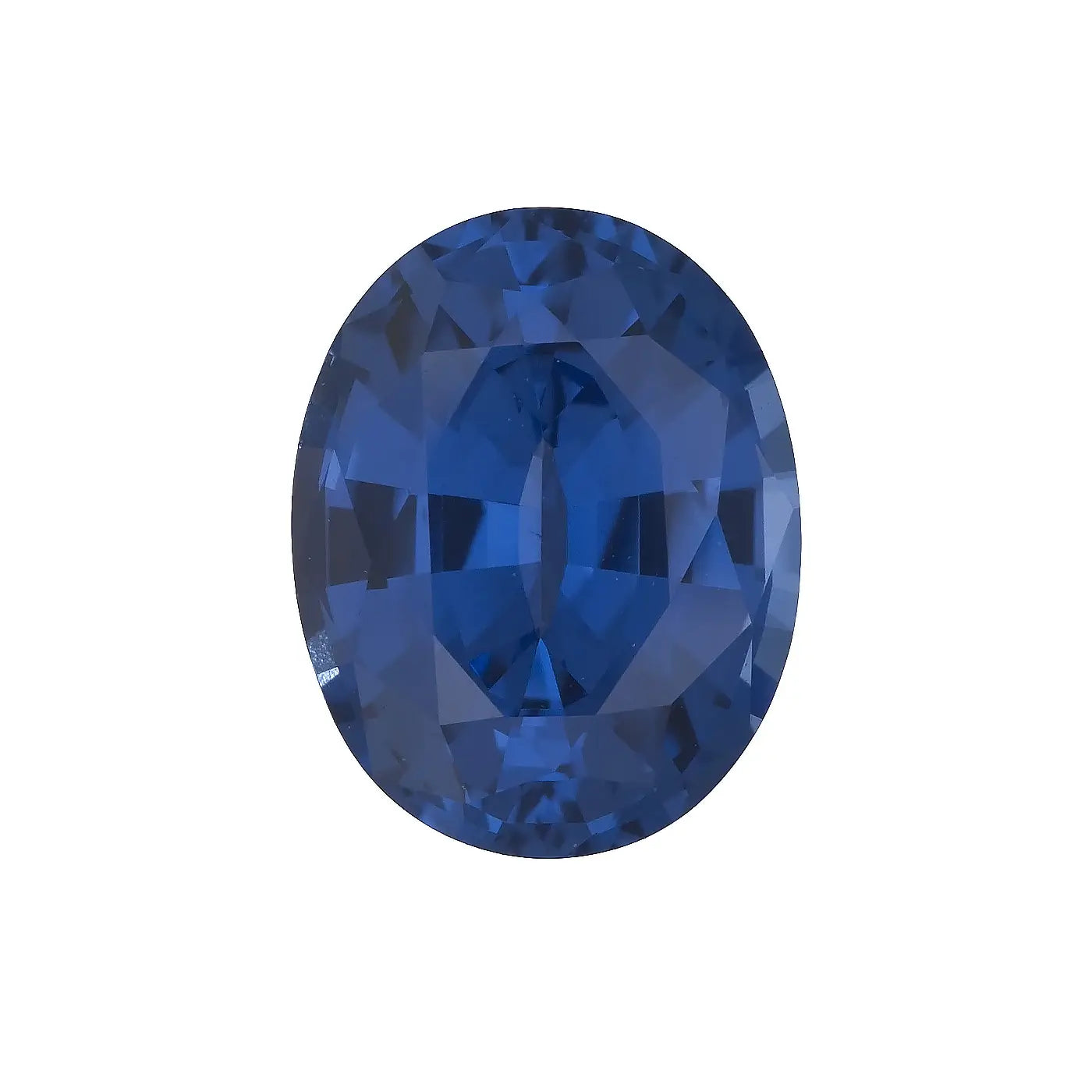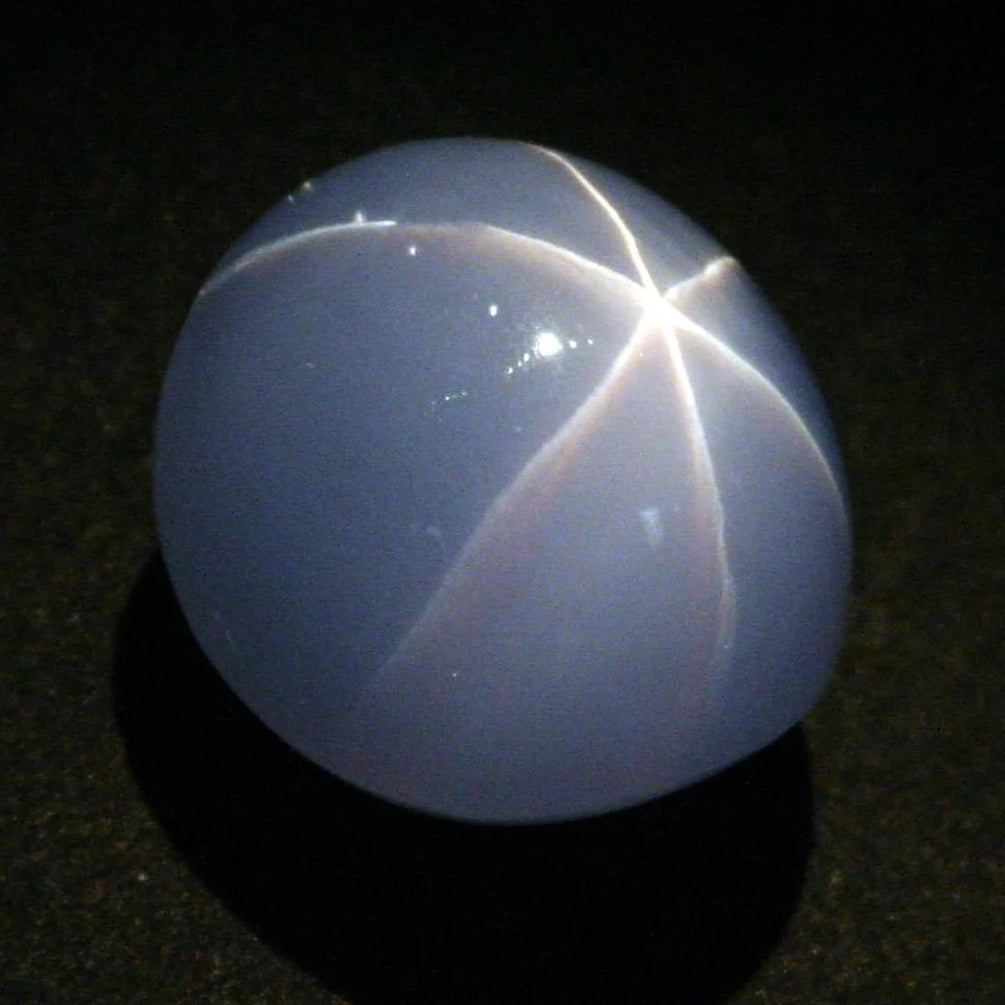ENCYCLOPEDIA
Blue Sapphire Full Guide

Sapphire, from the Greek sappheiros, is a precious gemstone from the corundum family — which also includes ruby and pink sapphire. While best known in its deep royal blue, sapphire occurs in nearly every color except red. Renowned for its brilliance and hardness, it symbolizes loyalty, wisdom, and truth. As the birthstone for September, sapphire has long been associated with royalty and protection.
Unlike emerald, which belongs to the beryl family along with aquamarine and morganite, sapphire is exceptionally resistant — making it ideal for heirloom jewelry and daily wear.
Characteristics of the Blue Sapphire
Etymology: Derived from the Greek sappheiros, meaning a "blue gem".
Family: Corundum
Chemical Composition: Aluminum Oxide, with iron and titanium as color-inducing trace elements.
Hardness: 9 on the Mohs scale
Density: 3.95 - 4.03
Optical Properties: Uniaxial
Refractive Index: 1.762 - 1.770
Birefringence: 0.008 - 0.010
Crystal System: Trigonal / Hexagonal

The origin of Blue Sapphires
The origin of blue sapphires is deeply connected to their geological formation, which occurs in certain types of metamorphic and igneous rocks under high temperature and pressure conditions deep within the Earth's crust. These conditions allow for the growth of corundum crystals, the mineral from which sapphires are formed. The blue color in sapphires is primarily due to the presence of trace amounts of elements such as iron and titanium.
Some of the most notable sources include:
- Sri Lanka
- Kashmir
- Thailand
- Madagascar
- Montana
- Australia
- Burma
Carat
The carat is the standard unit of measurement for the weight of gemstones. 1 carat equals 0.2 gram. For blue sapphires, the carat weight is a key factor in determining the gemstone's value.
It's important to distinguish between "carats," a measure of weight for gemstones like blue sapphires, and "karats," a unit indicating the purity of gold.
As sapphires are denser than most precious stones, a 1-carat round blue sapphire will be smaller than a 1-carat round diamond or 1-carat round emerald.
The color of Blue Sapphires
The color of blue sapphires is one of their most defining and valued characteristics. It ranges from pale, sky blue to deep, rich royal and navy blues. The most prized sapphires exhibit a vibrant, medium to deep cornflower blue, often referred to as "Ceylon Blue" after the traditional source in Sri Lanka.
The geographical origin of a blue sapphire can significantly influence its color. For instance:
Kashmir sapphires are renowned for their velvety, true blue color with a slight violet hue.
Sri Lankan (Ceylon) sapphires often have lighter, vibrant blues.
Burmese sapphires tend to display a deeper, intense blue.
Australian sapphires are known for darker hues, sometimes with a greenish tint.
Madagascar sapphires can vary widely, offering a range from pastel to rich royal blues.
Discover our Guide on the Colors of Gemstones.

Cornflower blue sapphire

Ceylan blue sapphire

Purplish blue sapphire

Royal blue sapphire

The clarity of the Blue Sapphire
Clarity refers to the presence of internal features known as inclusions and external characteristics called blemishes. Clarity can significantly impact a sapphire's value, but it's important to note that because sapphires are colored gemstones, the clarity standards are not as stringent as those for diamonds.
In the case of cabochon sapphires, the inclusions can cause the apparition of a star under a specific light.
Cut & Shapes
Due to its hardness, the blue sapphire can be cut into many different shapes. The most common shapes for sapphires are the oval and the cushion cut as they limit the loss of raw material in the cutting process.
In order to bring out the best possible hue, the culet of the blue sapphires will often be deeper and slightly offset compared to diamonds of the same cut.

Blue Sapphire Round Shape

Blue Sapphire Emerald Cut

Blue Sapphire Princess Shape

Blue Sapphire Baguette Shape

Blue Sapphire Oval Shape

Blue Sapphire Marquise Shape
Birthstone & Wedding Anniversary
The blue sapphire is the birthstone for September.
It is also used to celebrate 16 years of marriage in France and 45 years of marriage in the United States.
Discover our Birthstone Full Guide.
Famous Blue Sapphires

Star of India
One of the largest gem-quality blue star sapphires in the world, weighing 536 carats. Its unique feature is the star-like phenomenon known as asterism, visible on both sides of the stone due to its double cabochon cut. It is housed in the American Museum of Natural History in New York.

The Logan Sapphire
The Logan Sapphire, weighing approximately 423 carats, is one of the largest faceted Sri-Lankan blue sapphires and is known for its deep blue color. It is currently displayed at the National Museum of Natural History in Washington, D.C.

The Blue Belle of Asia
This 392-carat sapphire is one of the most famous sapphires in the world, known for its vibrant cornflower blue color. It was discovered in Sri Lanka in 1926 and has a storied history, including being auctioned for a record price at Christie's in Geneva.

The Kashmir Sapphires
Sapphires from the Kashmir region are known for their exceptional quality and cornflower blue color. Although not a single stone, Kashmir sapphires in general hold a legendary status among gem enthusiasts.

Treatment
The most common treatment for blue sapphires is heat treatment, although other methods exist. Blue sapphires are often heated at temperatures between 1,500 and 1,800 degrees Celsius, to improve their clarity. Indeed, the heat helps crystallize the inclusions, making them less visible.
It is nowadays quite rare to find unheated sapphires of satisfying color, which makes them even more valuable.









